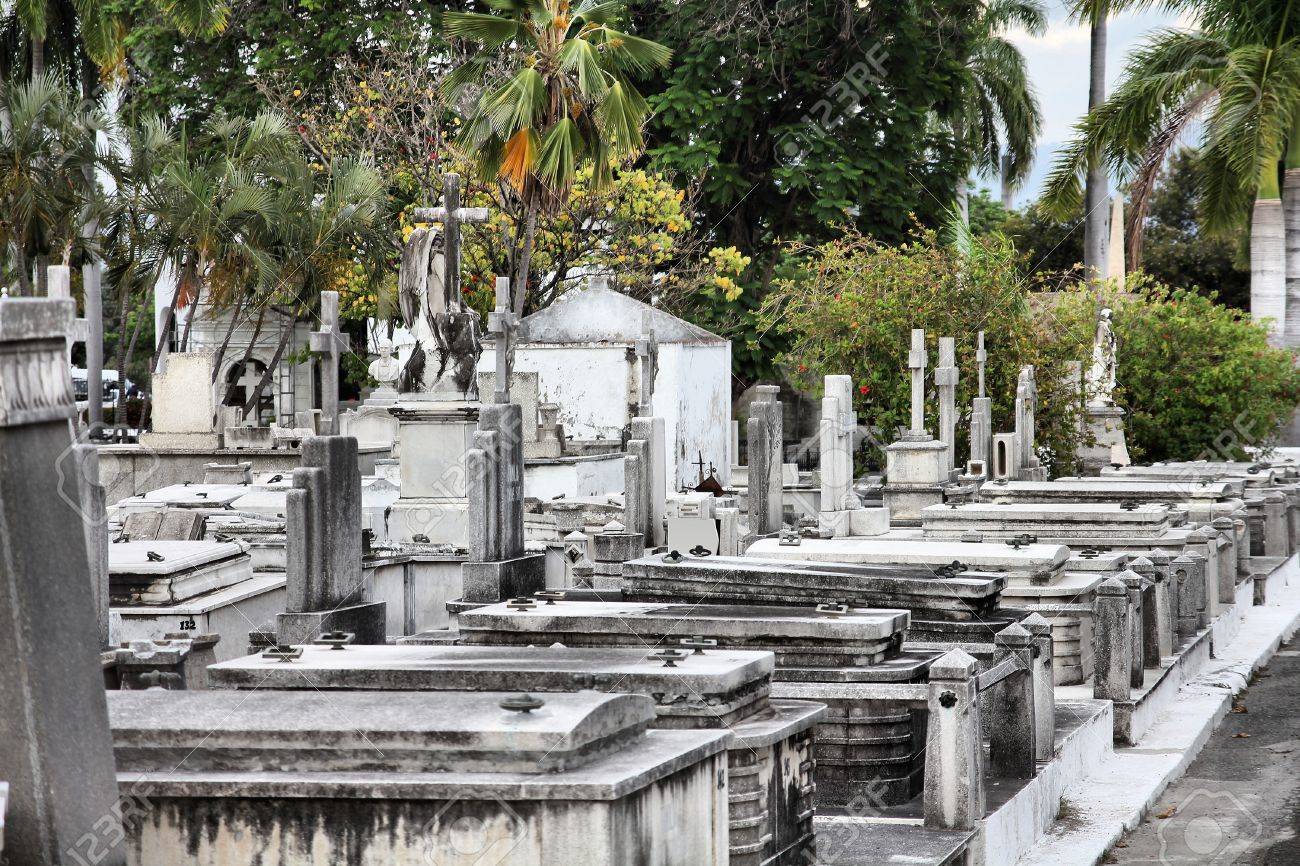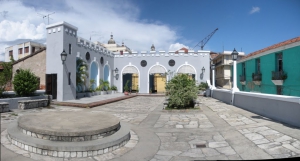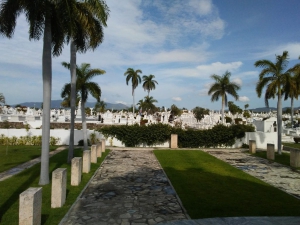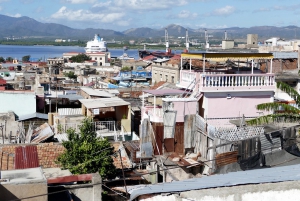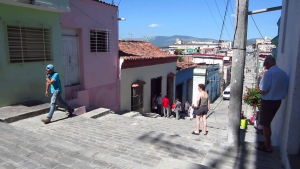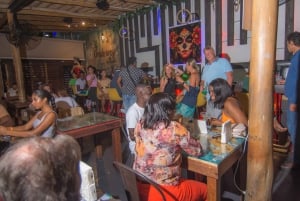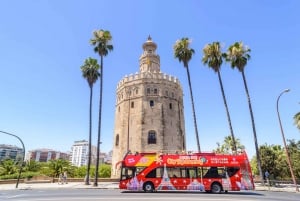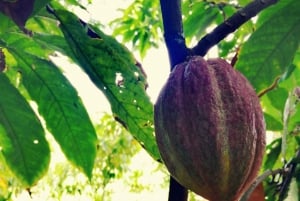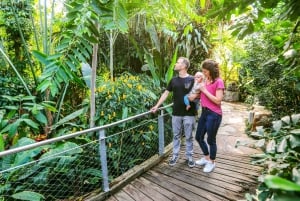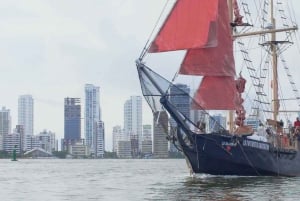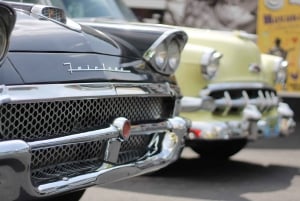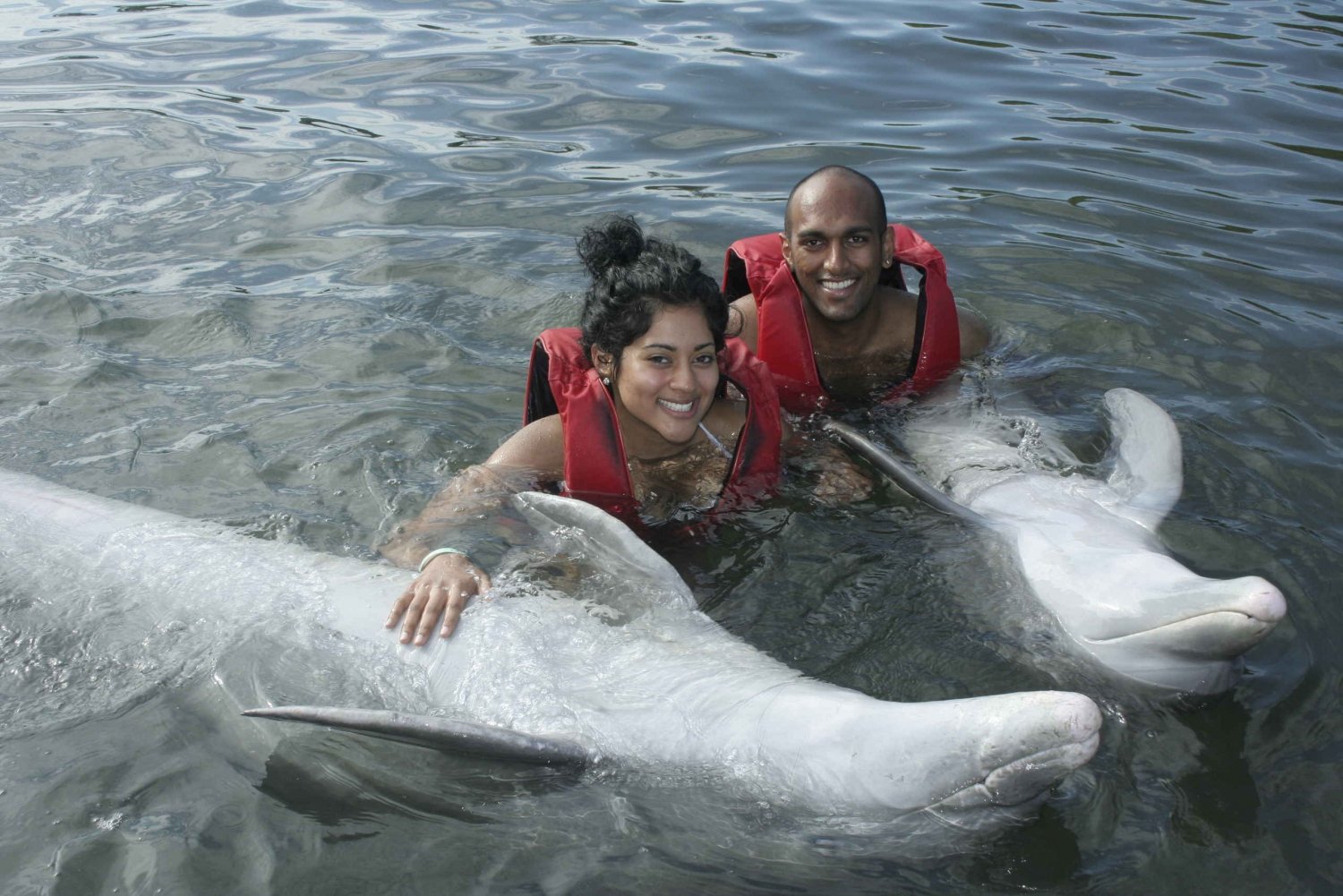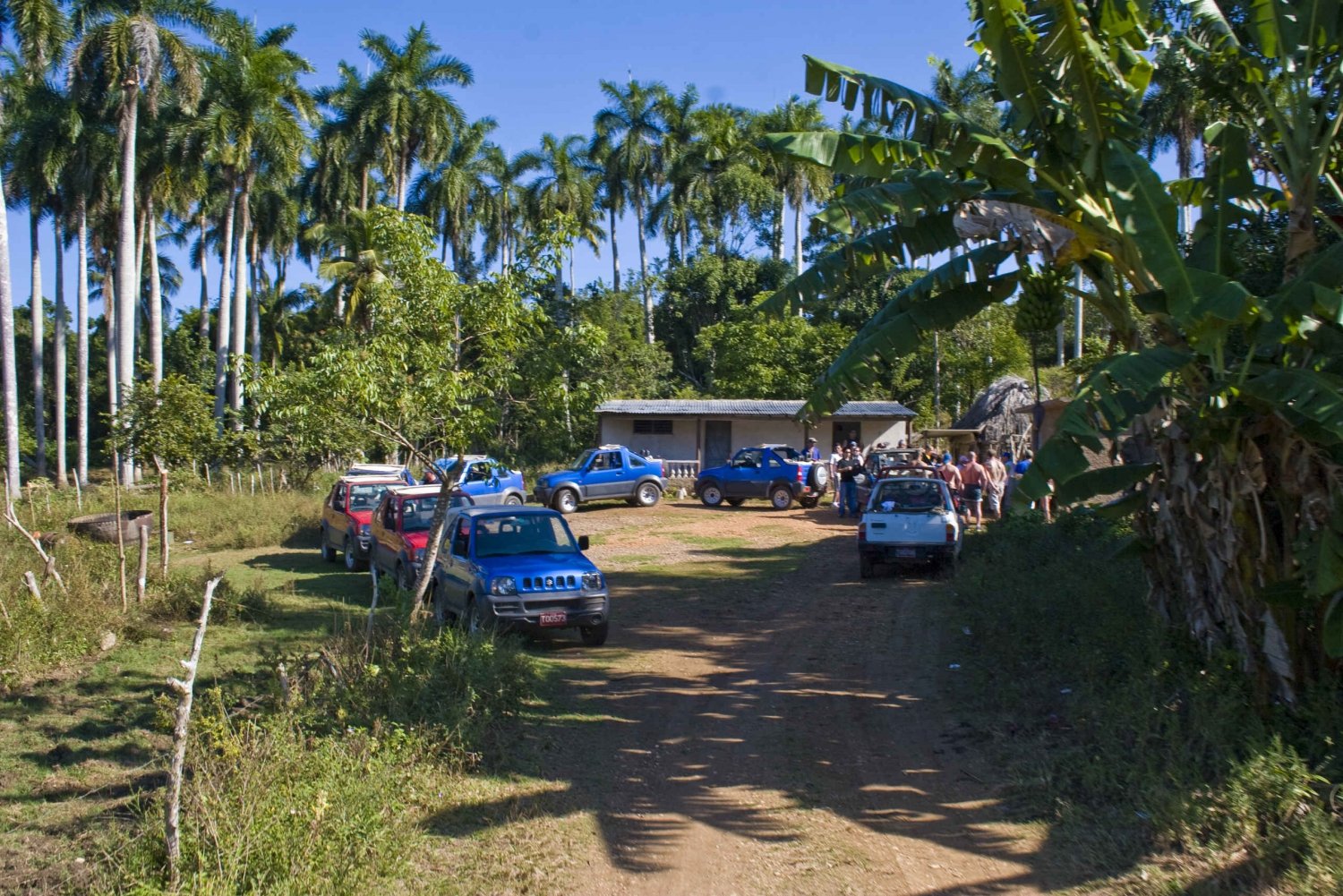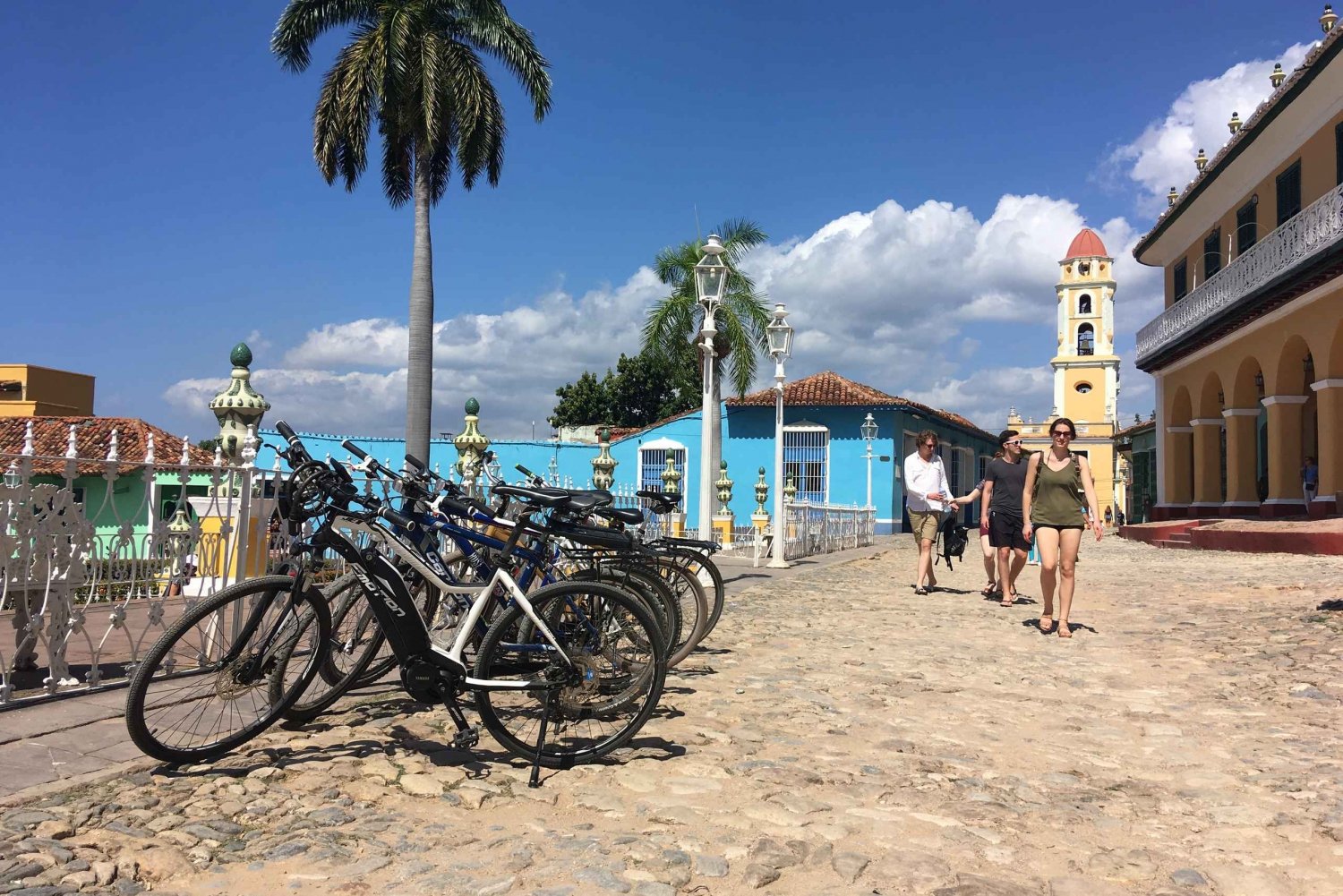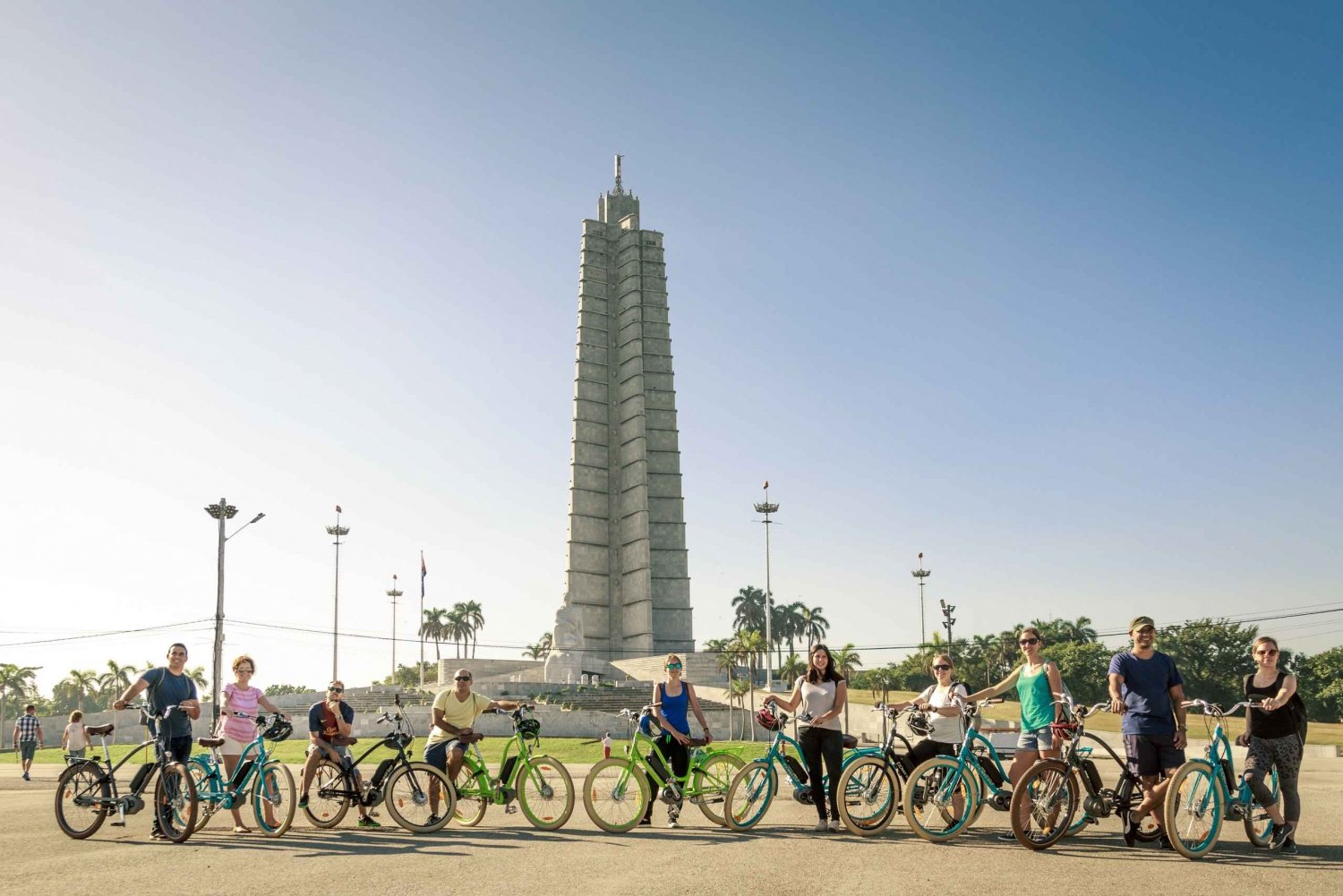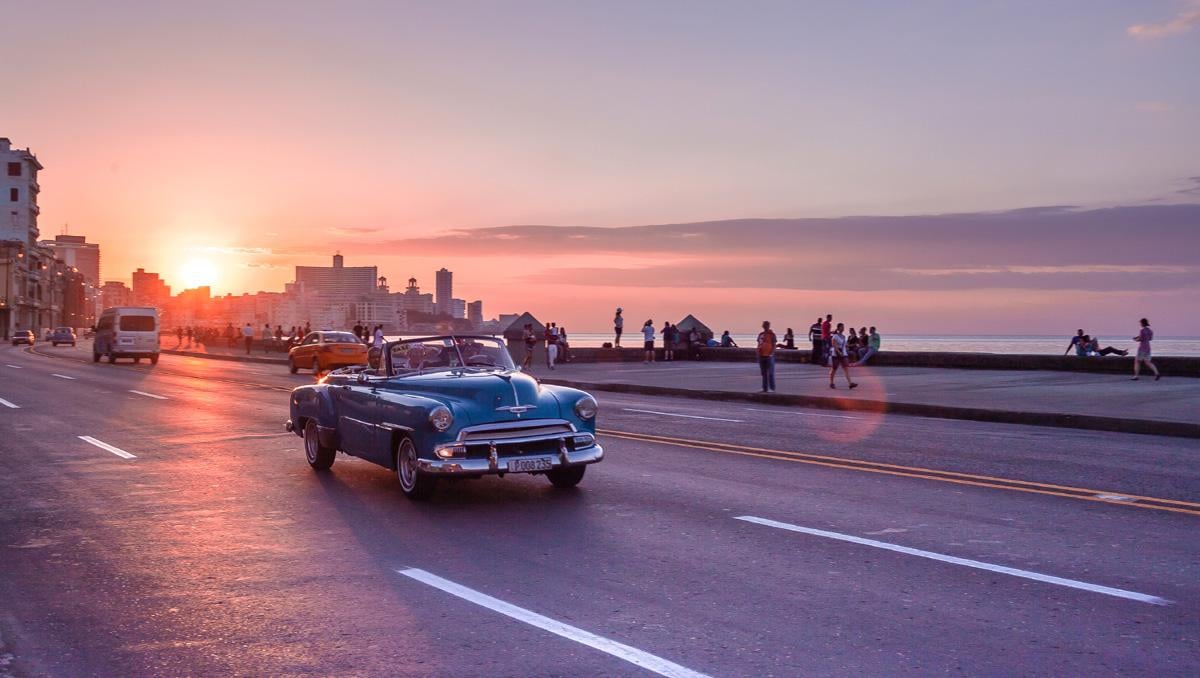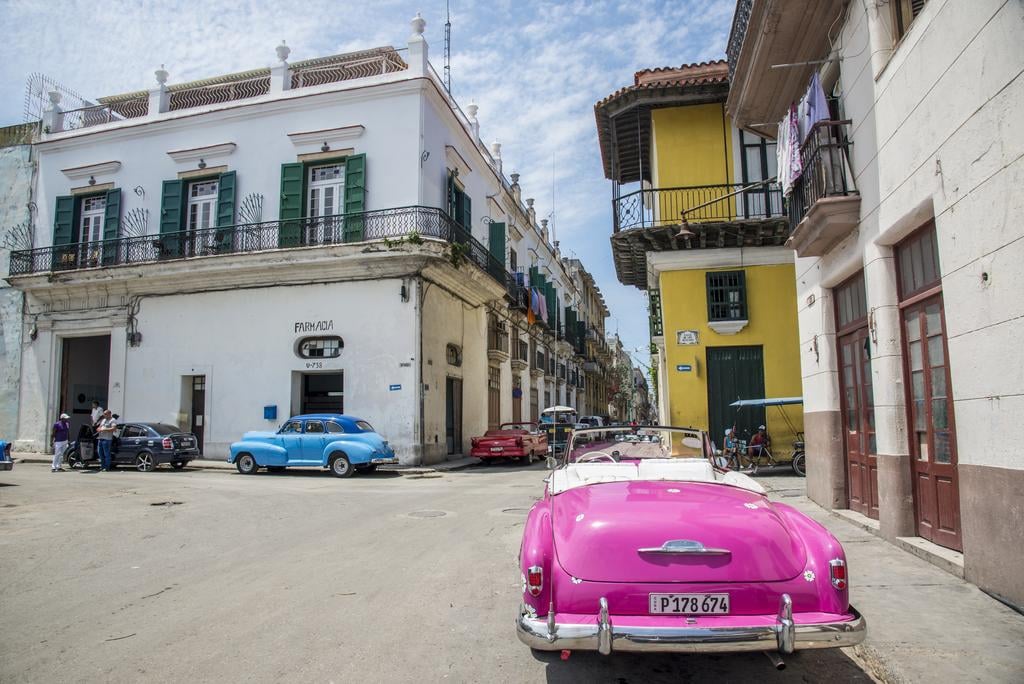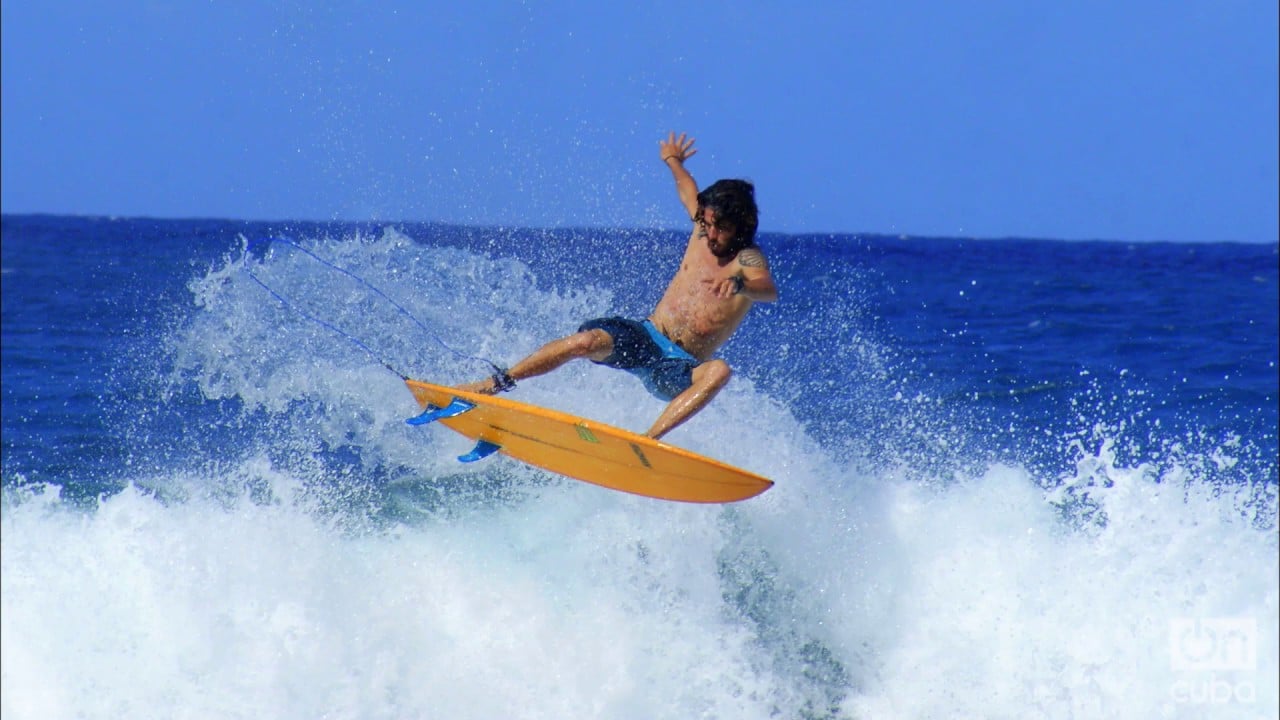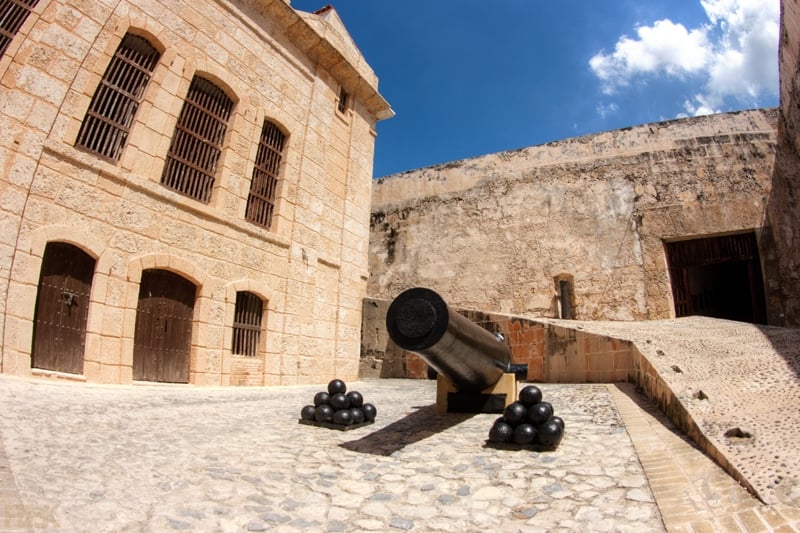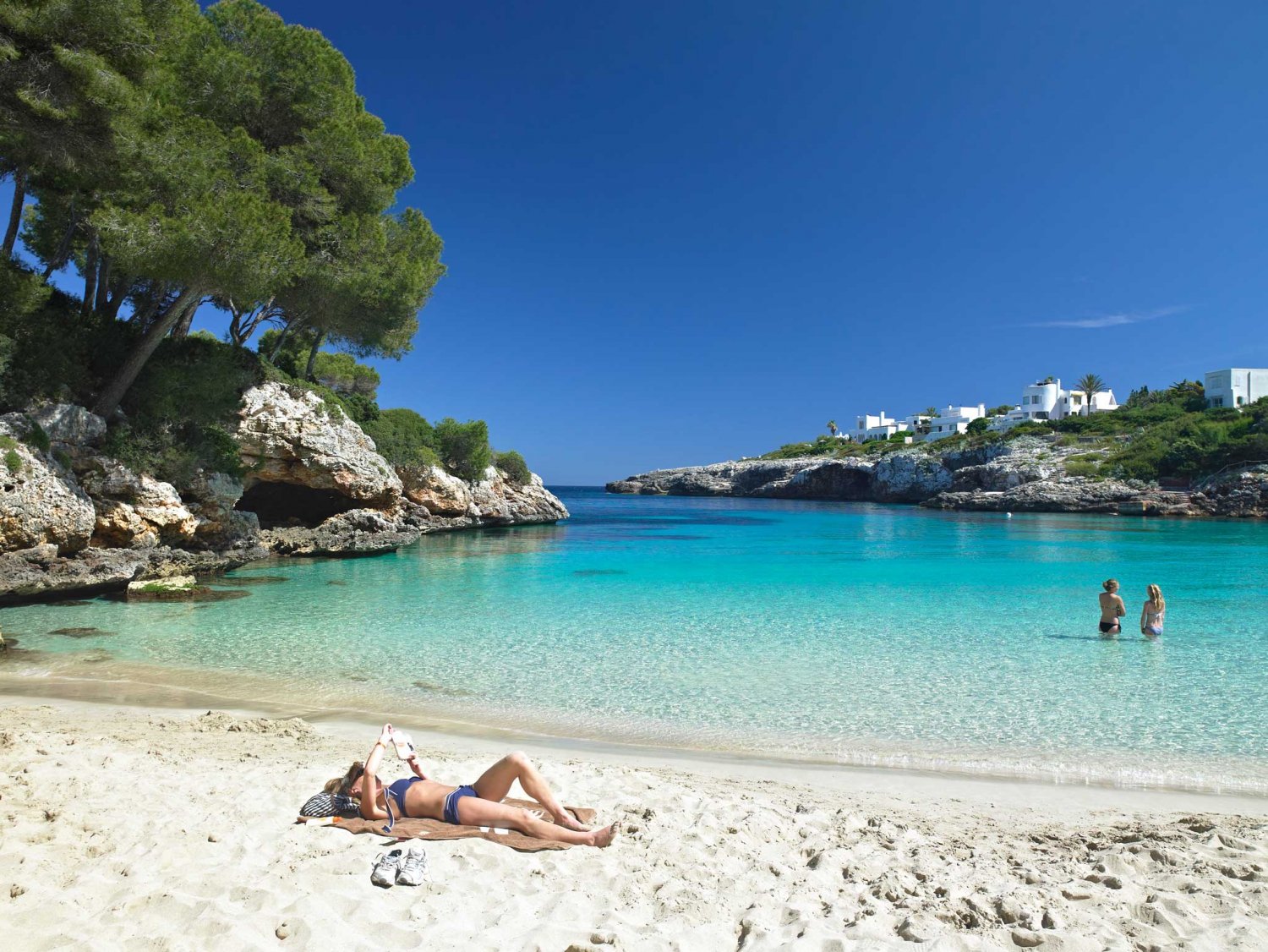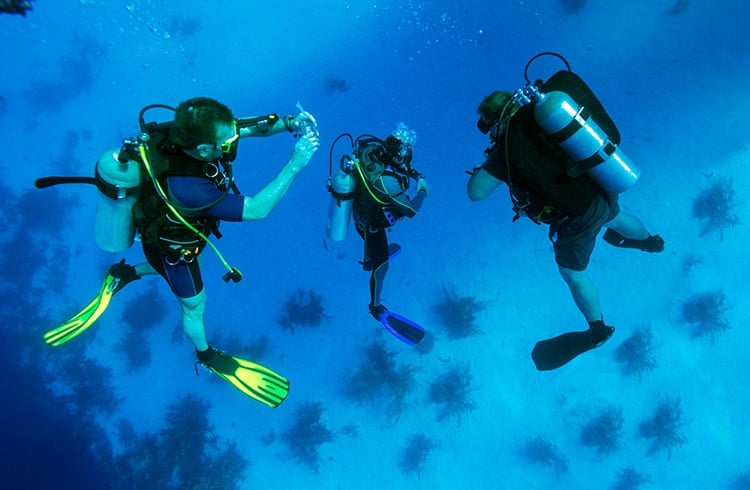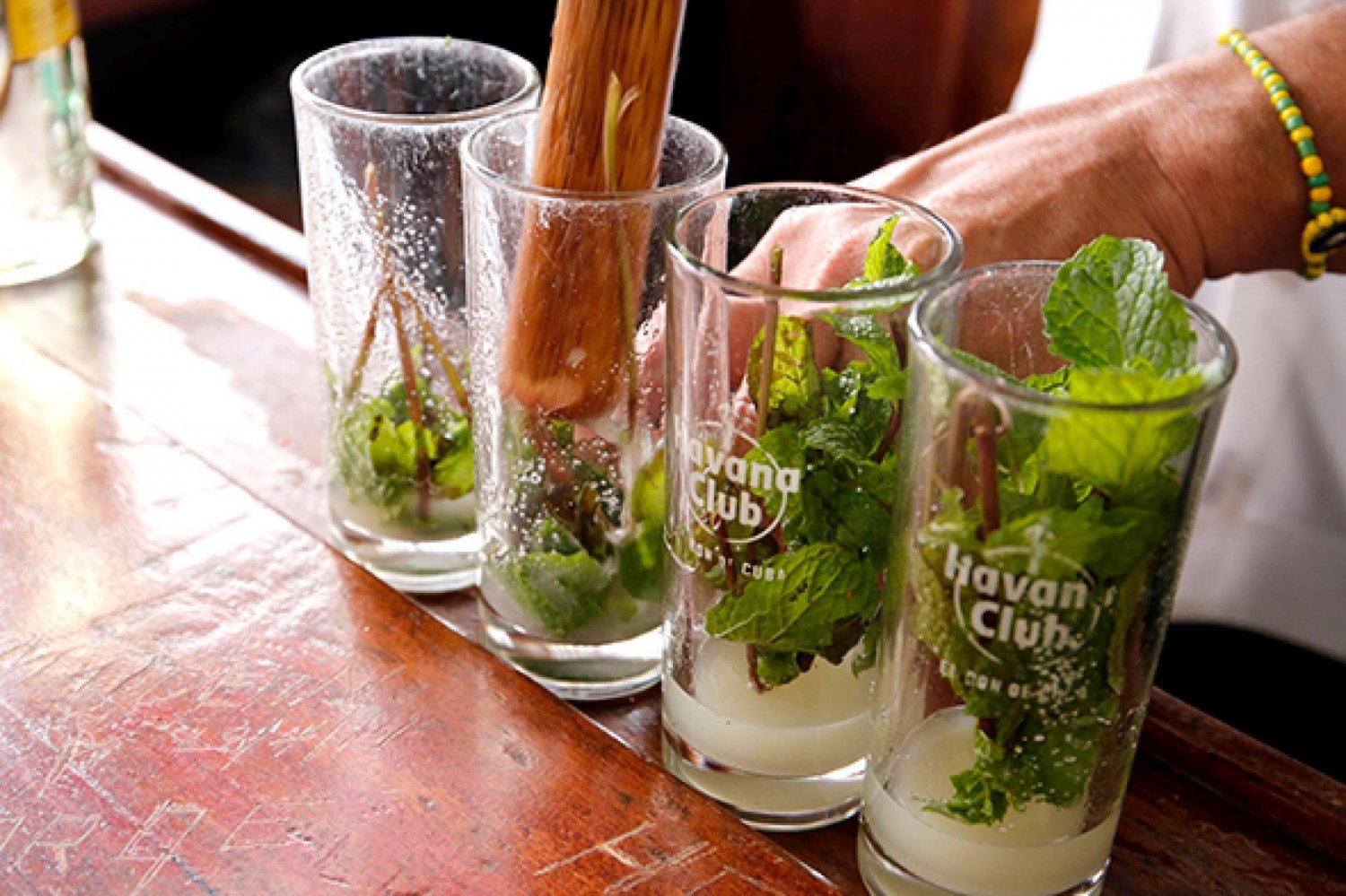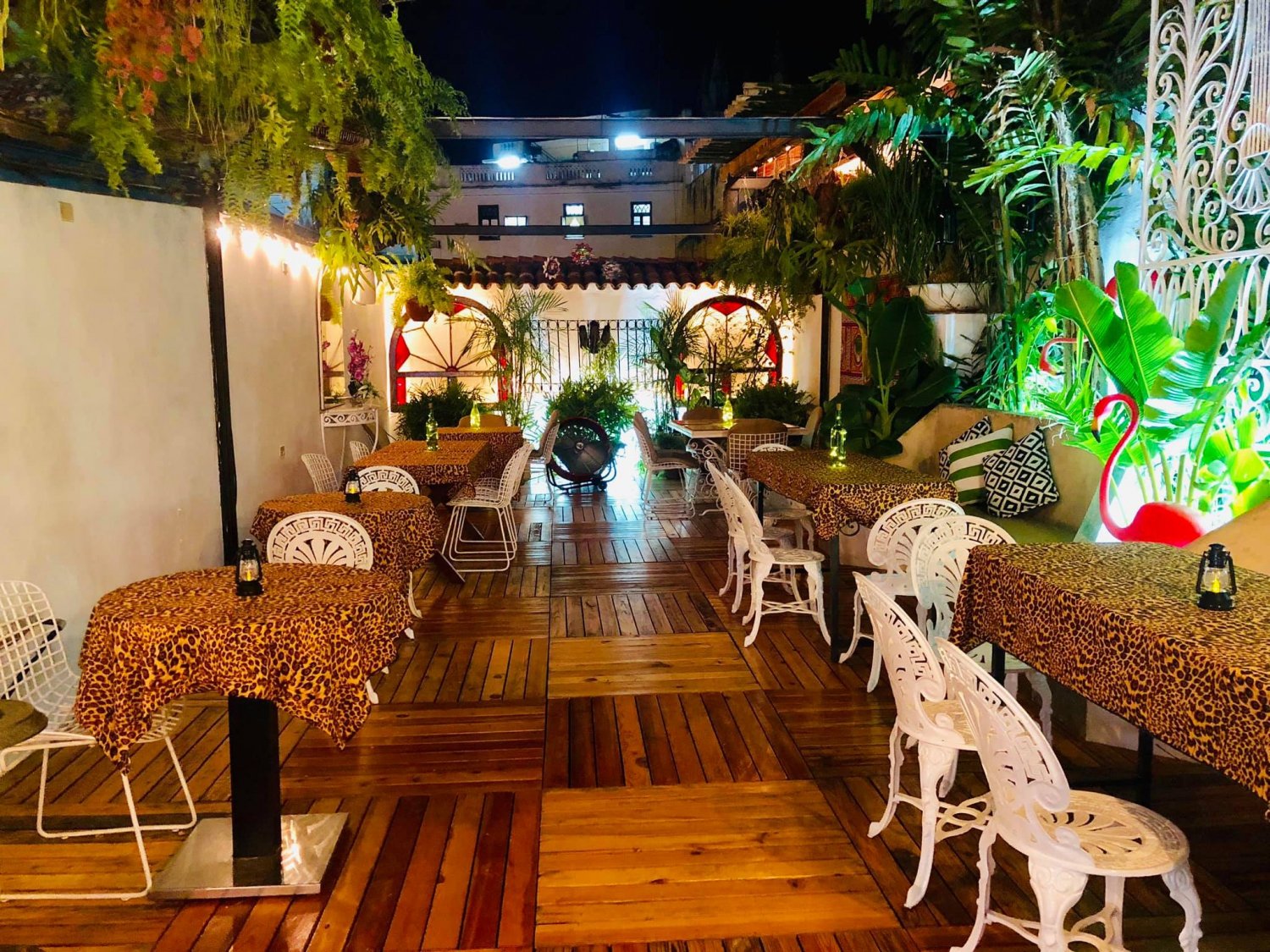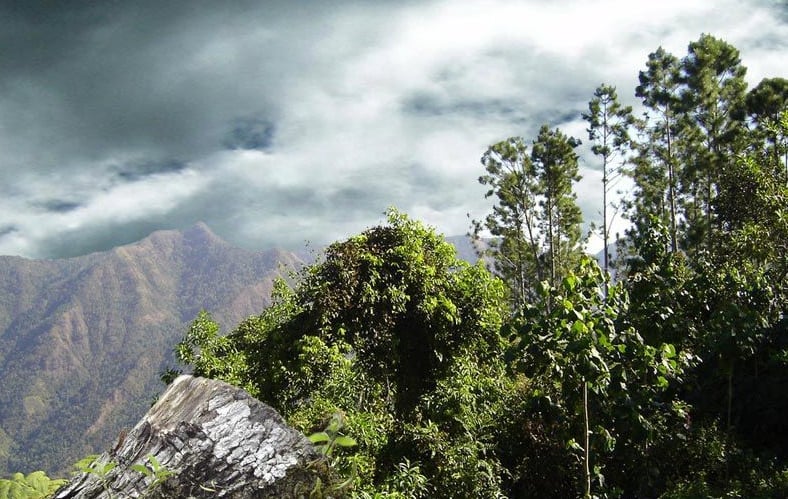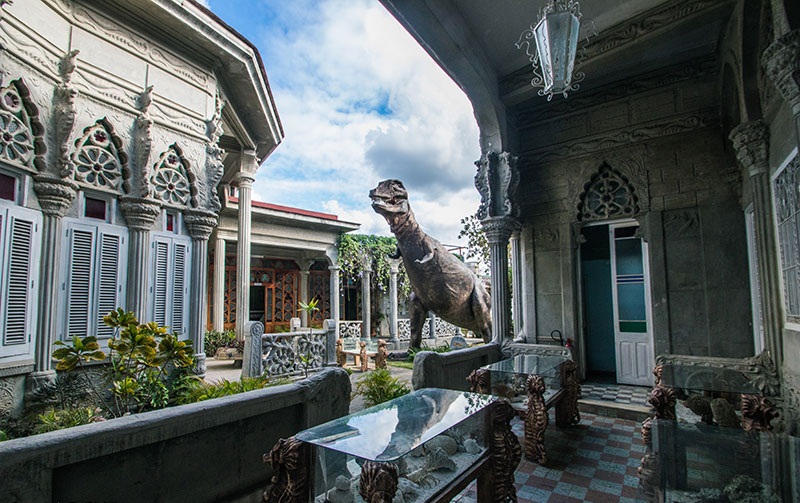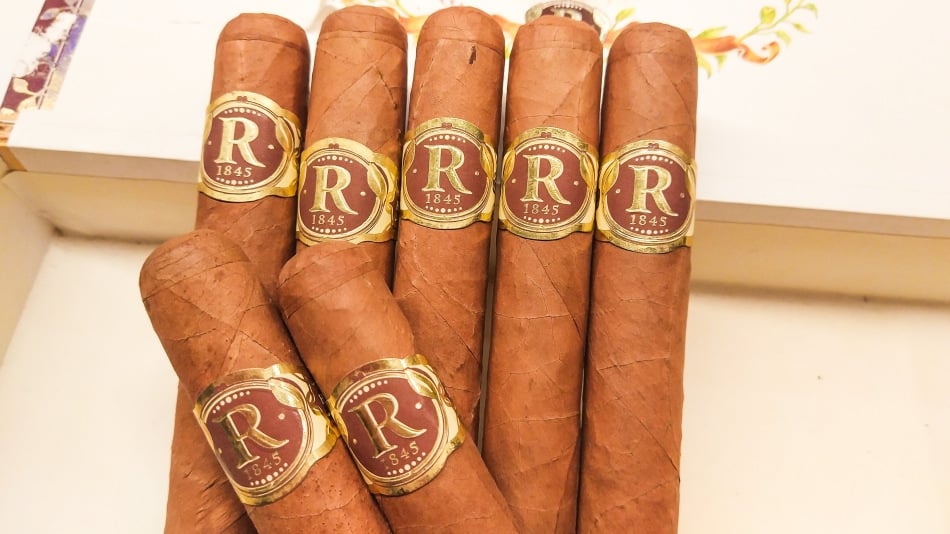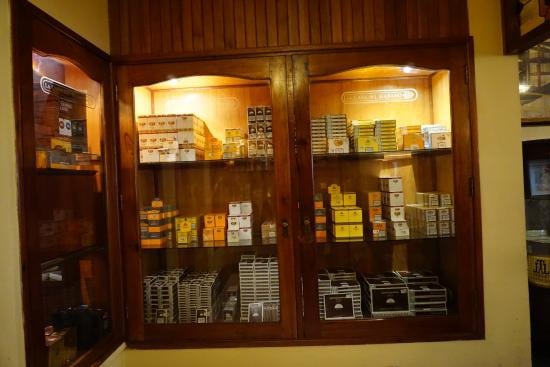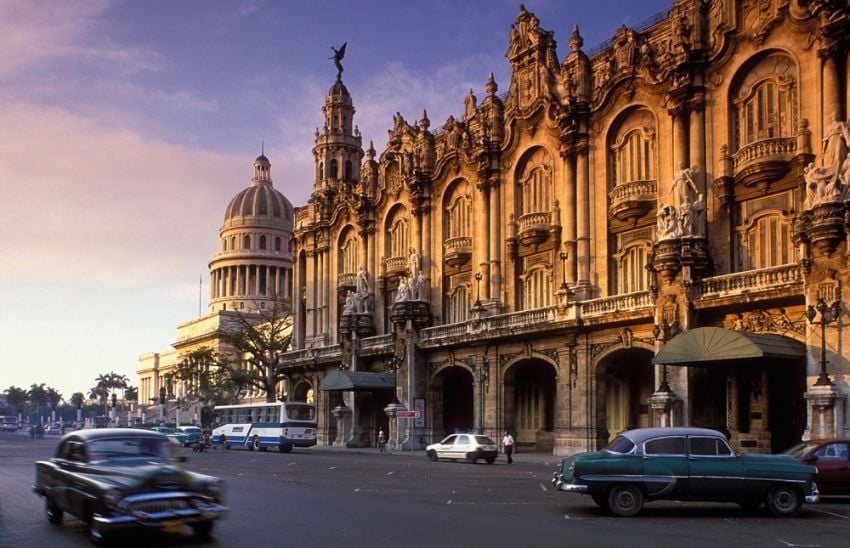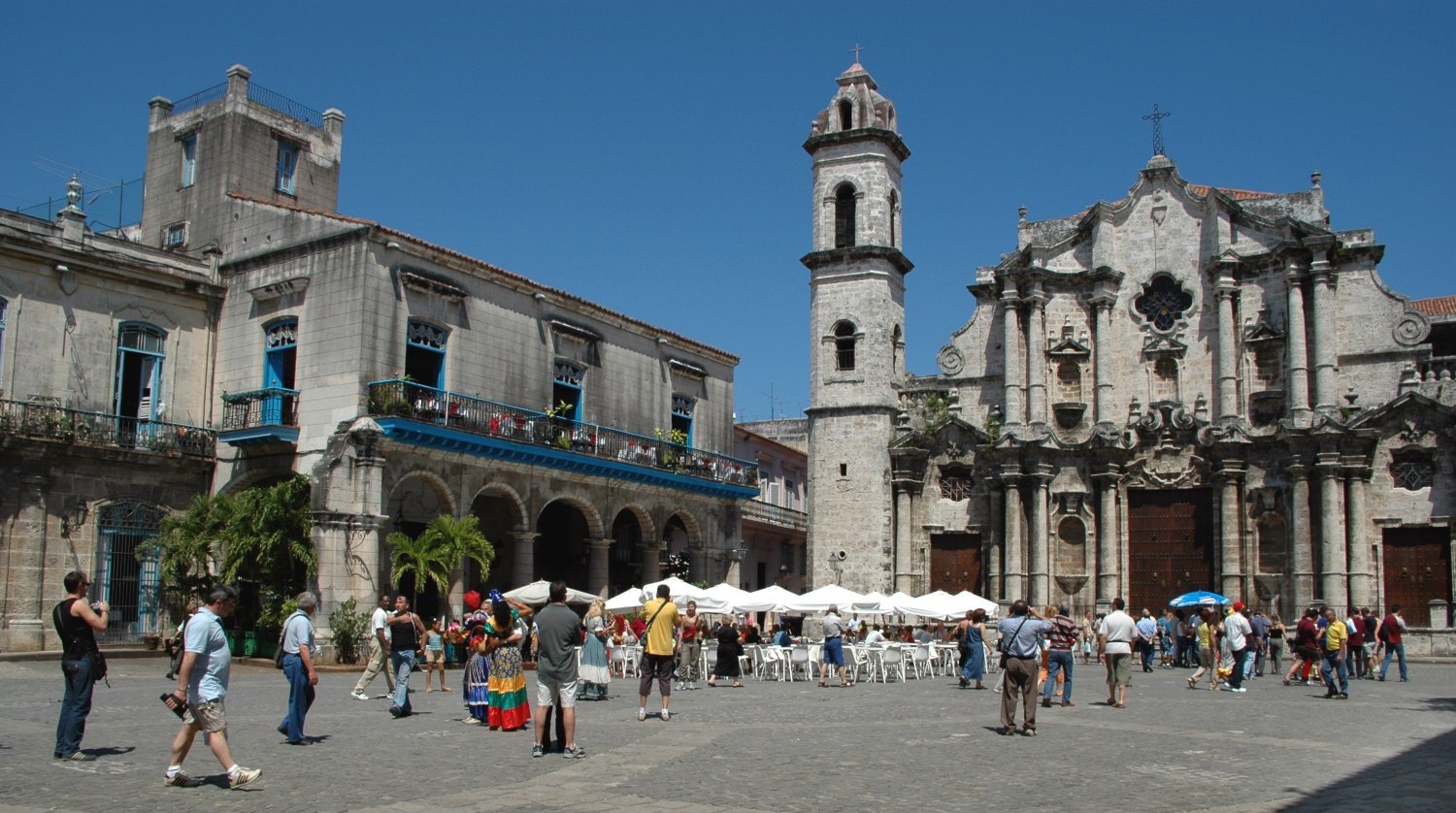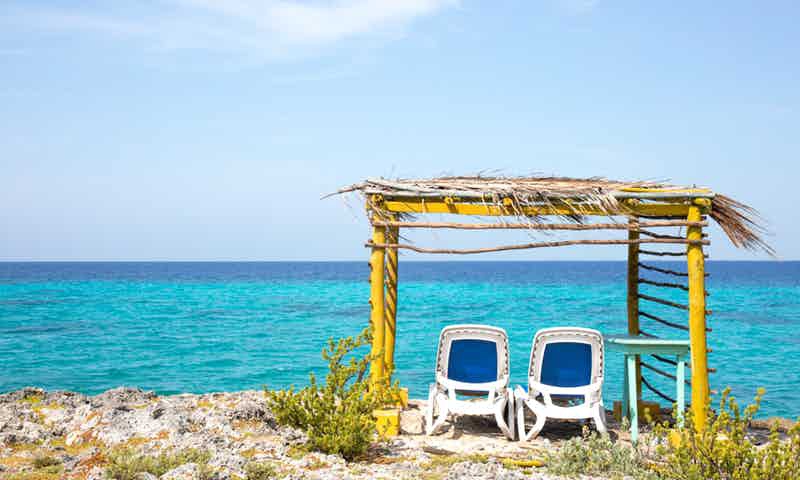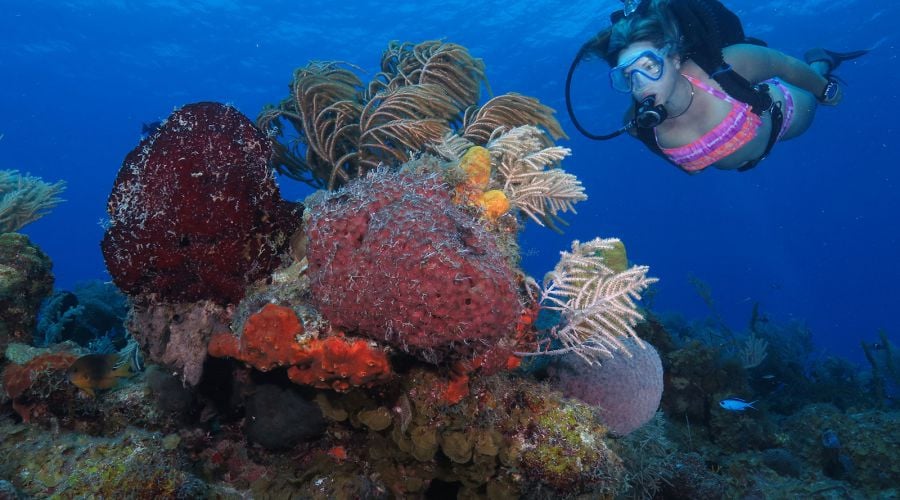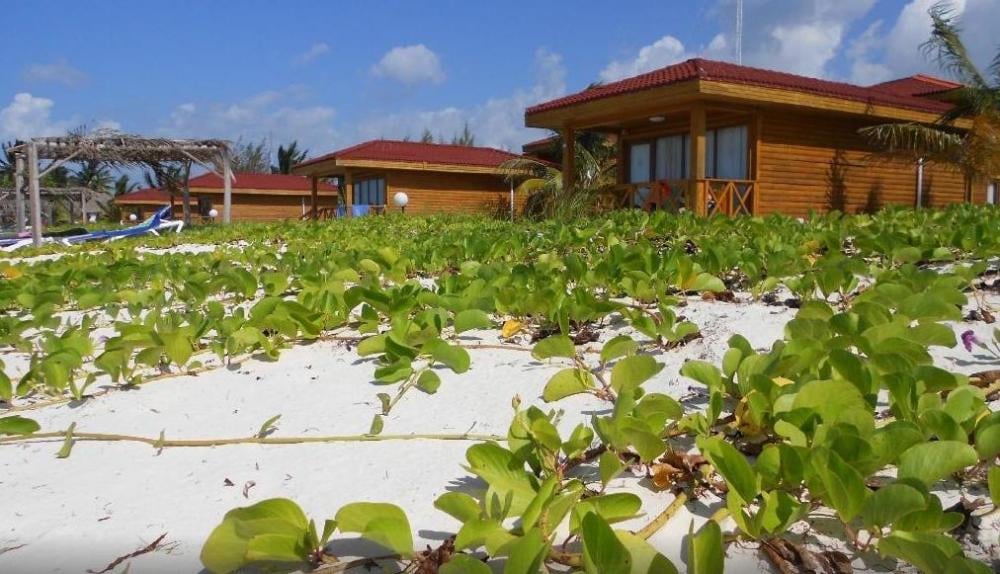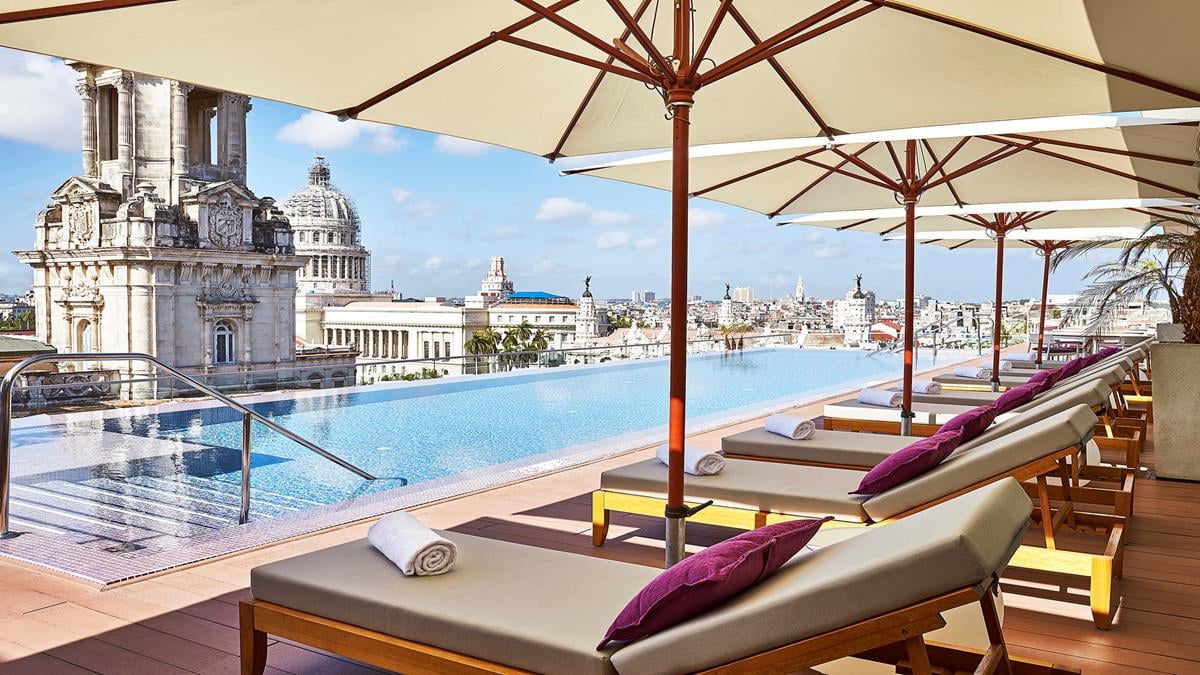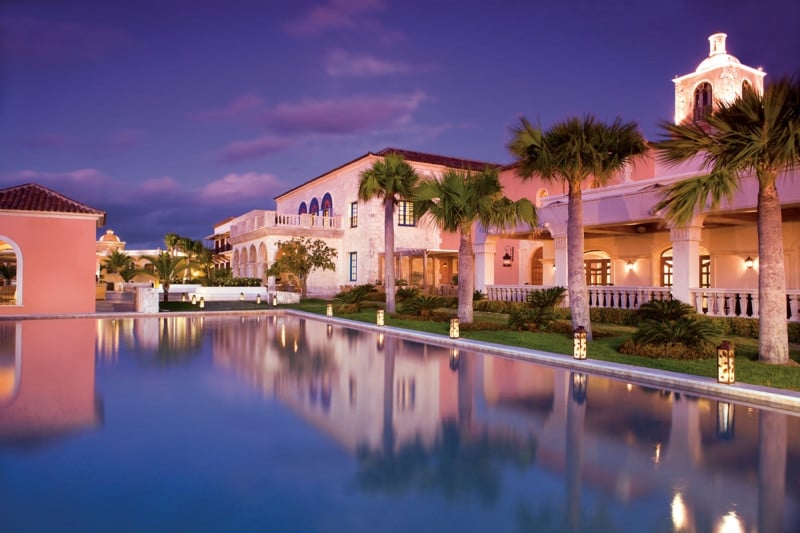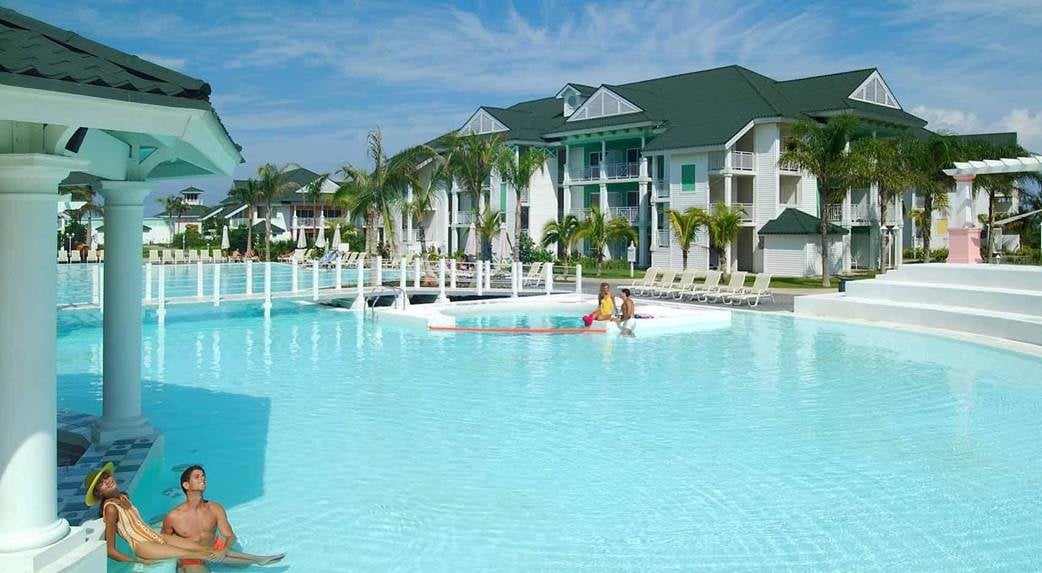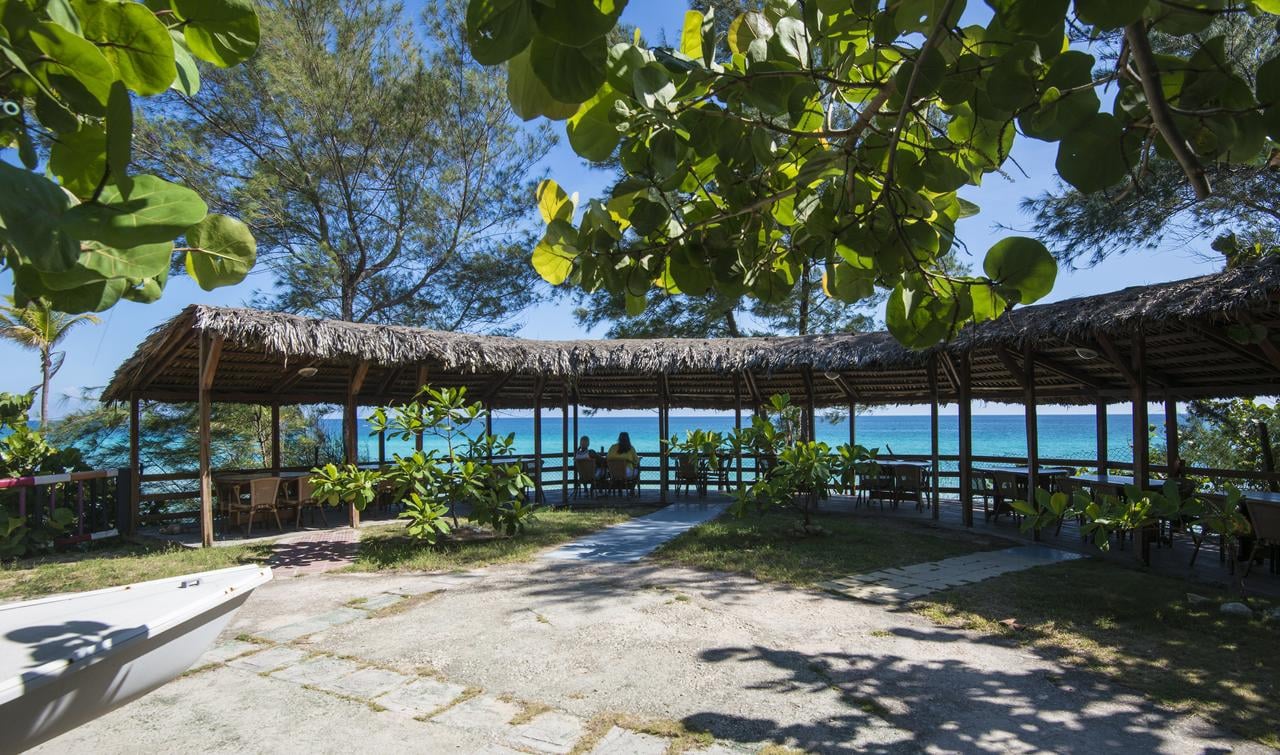What to do in Santiago de Cuba
Book Top Experiences and Tours in Cuba:
If youʻre booking your trip to Cuba last minute, we have you covered. Below are some of the top tours and experiences!- Punta Cana: Guided Bar Crawl with a Rum Shot and Transfers
- Seville: City Sightseeing Hop-On Hop-Off Bus Tour
- From Punta Cana: Higüey Guided Safari Tour
- Secret Food Tours San Francisco
- From Puerto Plata Priv: Cocoa, Coffee, Cigars & Local Market
- Walk up and down Enramada Street, the main axis of Santiago de Cuba. Sunday is a little asleep but Monday returns to its usual activity. It is a non-stop coming and going of people.
- Watch the sunset from the Malecon in Santiago de Cuba: for me, one of the best of the whole trip. A very local atmosphere, background music, a beer ...
- Eat an ice cream in the Coppelia. They are not the best ice cream in the world. Sometimes a very crazy queues of people are waiting for a glass of ice cream with three balls of the same flavor (which is the last one left). Above the ice cream is served almost melted. Despite that, Coppelia de Santiago - near Enramada Street - is one of the best we were. A glass of ice cream can cost between 3 and 5 Cuban pesos (10 cents).
- See Santiago de Cuba from the Balcón de Velázquez. This viewpoint was built in the 16th century to observe maritime traffic and avoid pirate attacks. Admission is free but you are charged for taking pictures or video. This is quite common in Cuba: they charge you a price to access a place and if you also want to take pictures or record videos they charge you a little more.
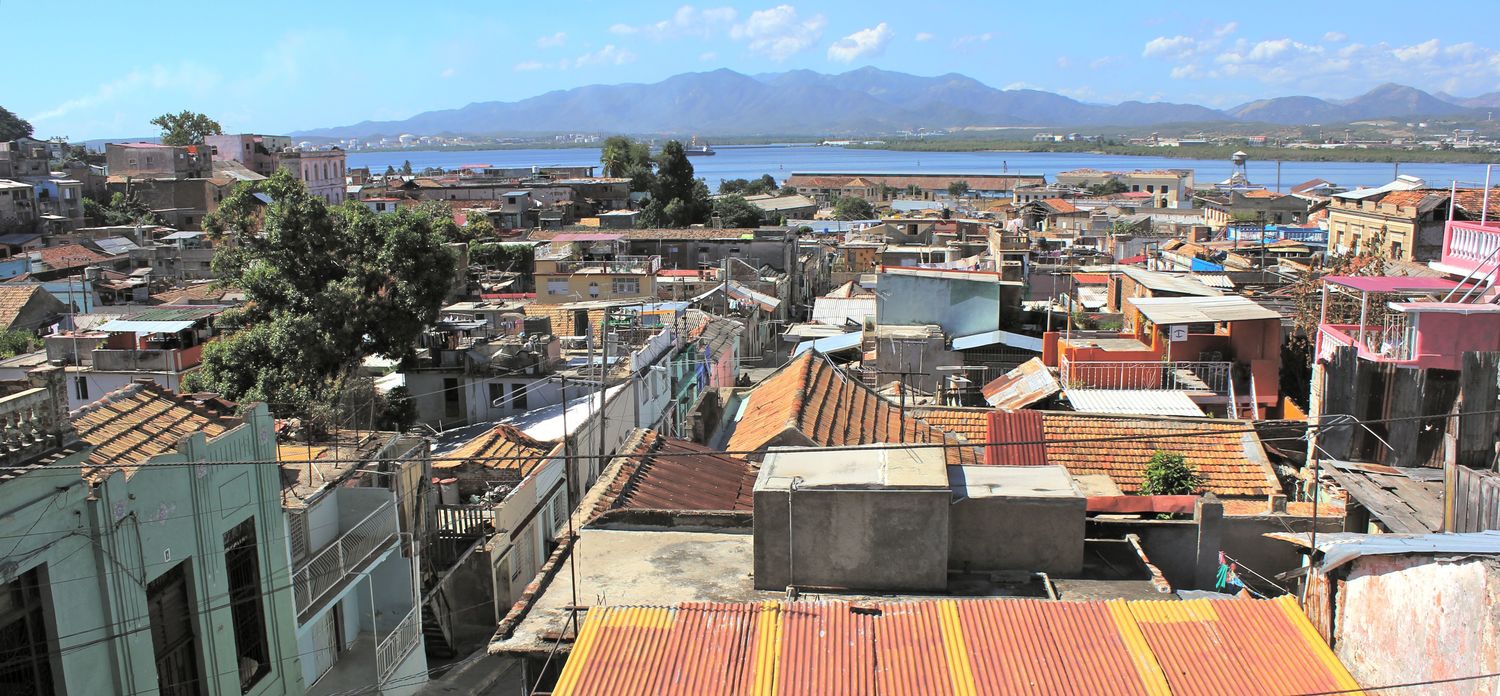
Balcón de Velázquez, Cuba
- Living the environment of Céspedes Park: as a general rule, Cuban squares are always full of people and Céspedes Park is no exception. In this meeting point of Cubans are some of the most emblematic buildings of the city. On one side, the Cathedral of Our Lady of the Assumption, which dominates the entire square. Next to her, the Archdiocesan Museum. In front, the Museum of Cuban Historical Environment. If you sit on one of the benches in the square, probably after 5 minutes you are talking to a Cuban about anything
- Climb the staircase of Padre Pico: this staircase leads to the Tivoli neighborhood, the highest neighborhood in Santiago de Cuba. It was built in 1899 by order of Emilio Bacardí, who was then mayor of the city.

Steps of Calle Padre Pico in Santiago de Cuba
- Visit the Tivoli neighborhood, one of the less touristy neighborhoods of Santiago. It is characterized by steep streets, alleys and houses that face the sea. The bases of this neighborhood were established in the seventeenth century by Spaniards with fewer resources. He has just developed and adopted his identity with the arrival of French immigrants and their slaves fleeing the Haitian uprising. In this neighborhood there is also the house where Fidel Castro lived from 1931 to 1933.
- Discover the bust of José Martí and feel the revolutionary spirit of the Plaza de Marte. This location had been used as a training ground and also as a space to conspire during the Revolution. Currently commemorating the fighting essence of Santiago. Besides the bust of José Martí (democratic republican politician, writer, journalist, philosopher and poet), there is also one of Camilo Cienfuegos. The latter was one of the best known Cuban revolutionaries along with Fidel Castro.
- Learn the history of the Moncada Barracks, nowadays School City July 26. This building was, in the mid-twentieth century, a military barracks. Its history is closely linked to the evolution of the country because the Cuban Revolution began here. On July 26, 1953, the guerrillas rose against the Fulgencio Batista regime in this building. On its facade you can still see the holes that the bullets left during the fighting. Currently, in addition to hosting a school, inside it is also the Museum of History July 26. I advise you to check the schedule beforehand, we arrived just when it had closed and we could not access.
- Cemetery of Santiago de Cuba: it is one of the places that we did not visit due to lack of time. The Cemetery of Santa Ifigenia is where José Martí, the legendary Compay Segundo and many of the activists who fought in the Cuban Revolution are buried. Since December 2016, the remains of Fidel Castro have also been found there.


